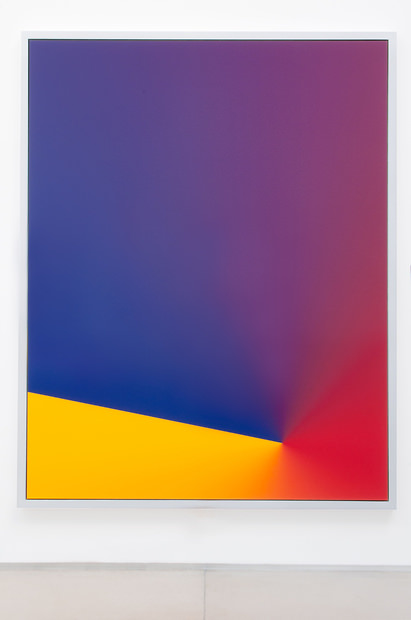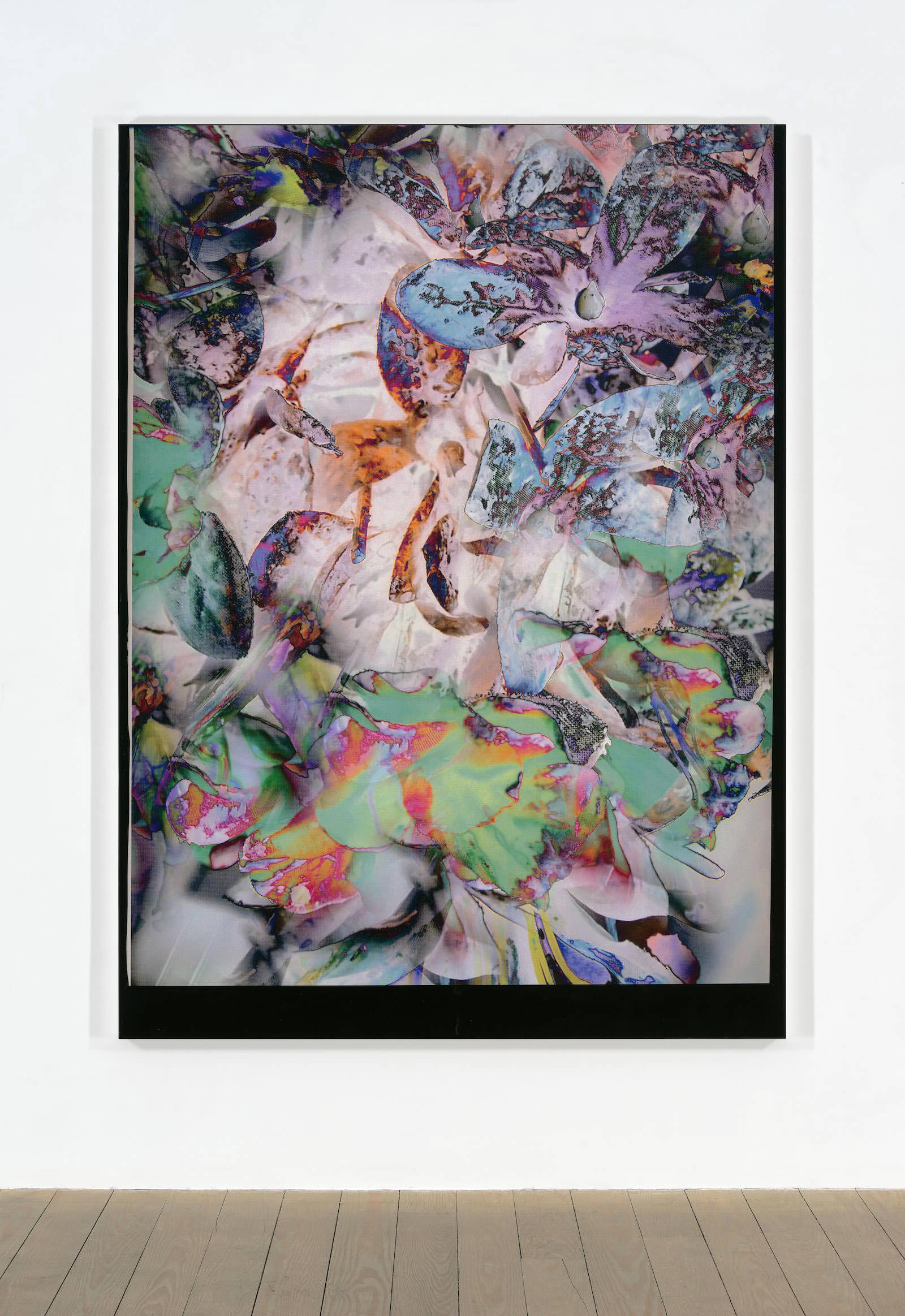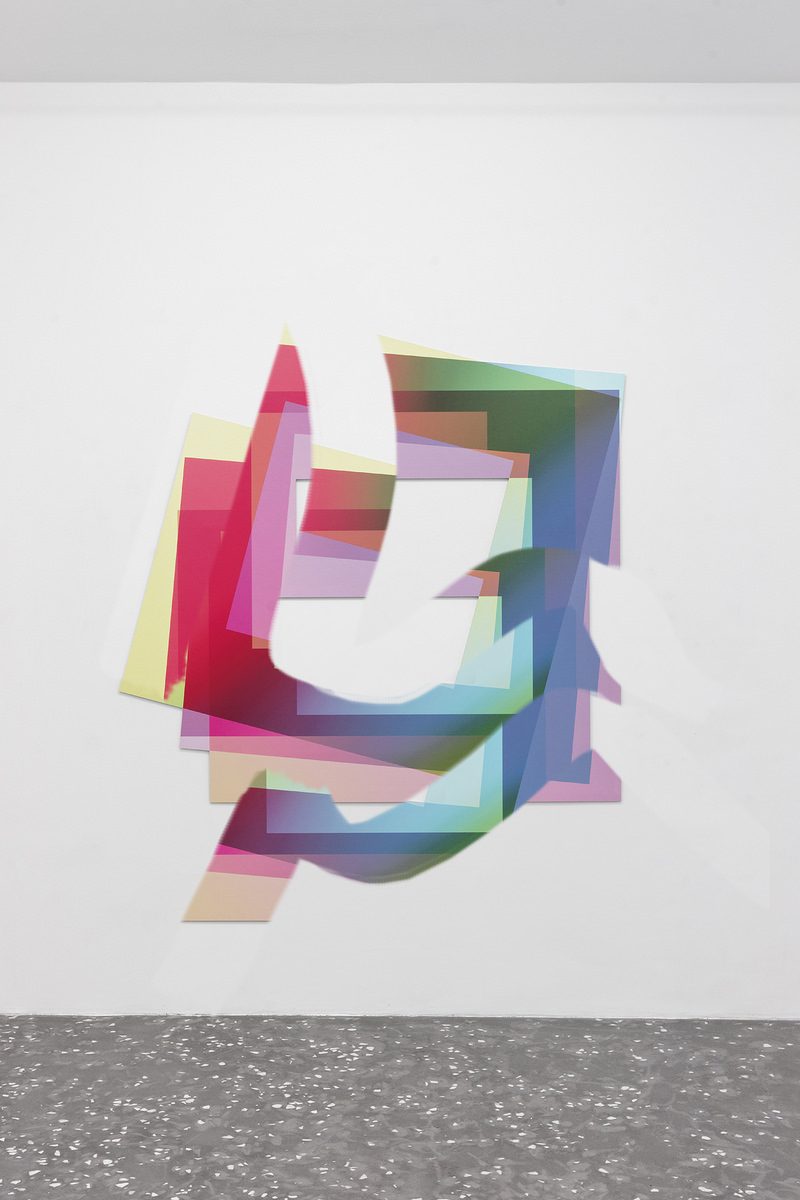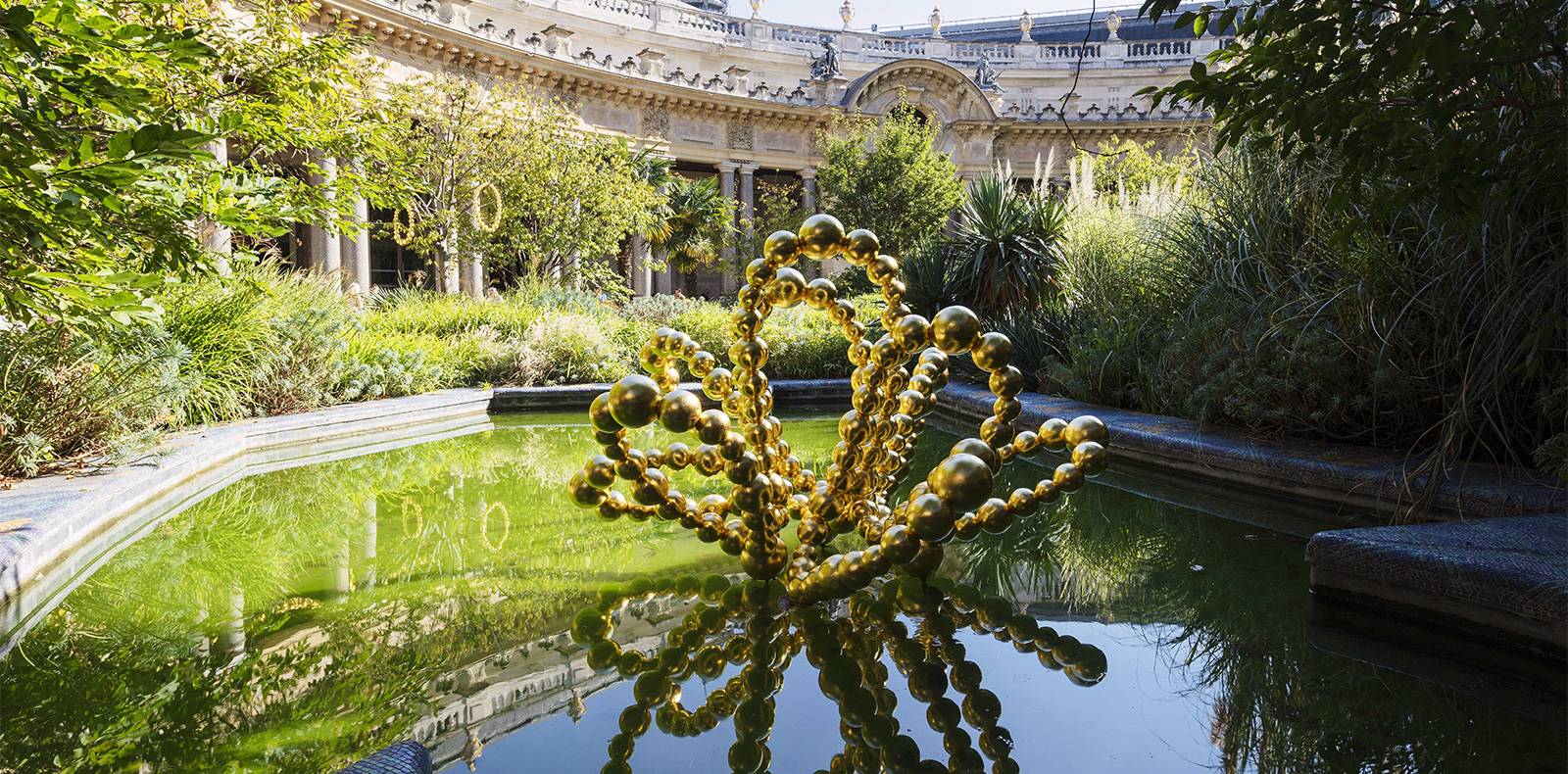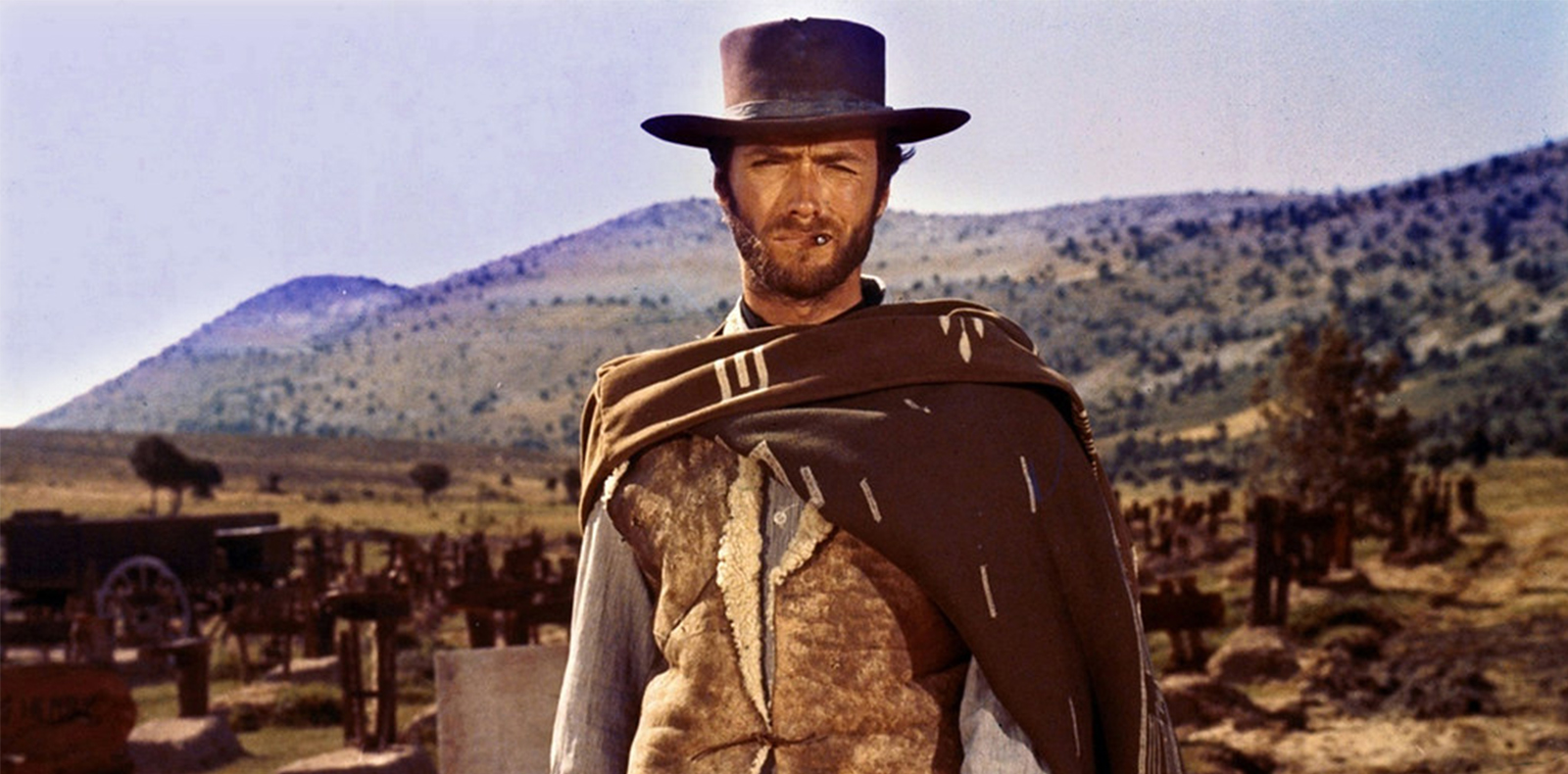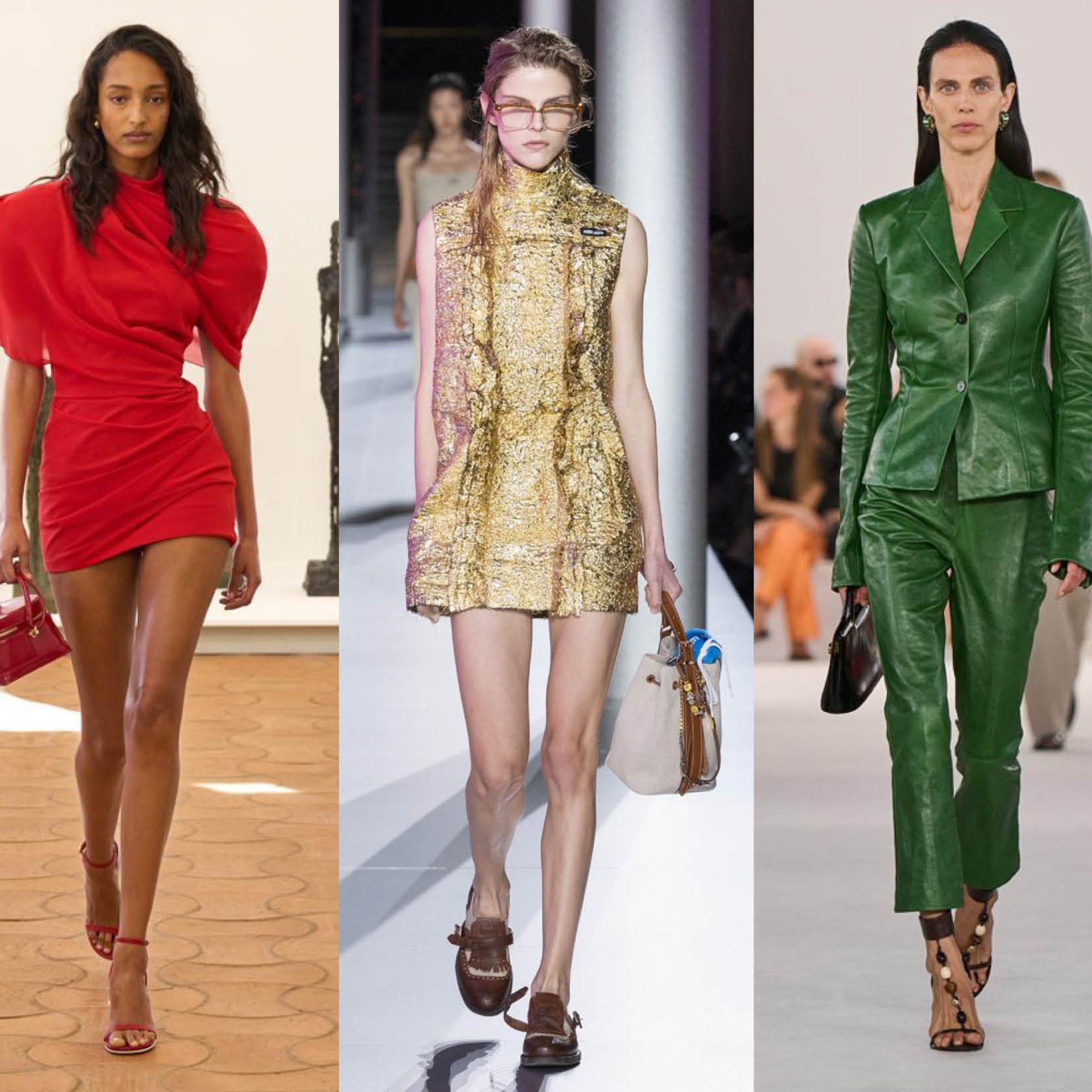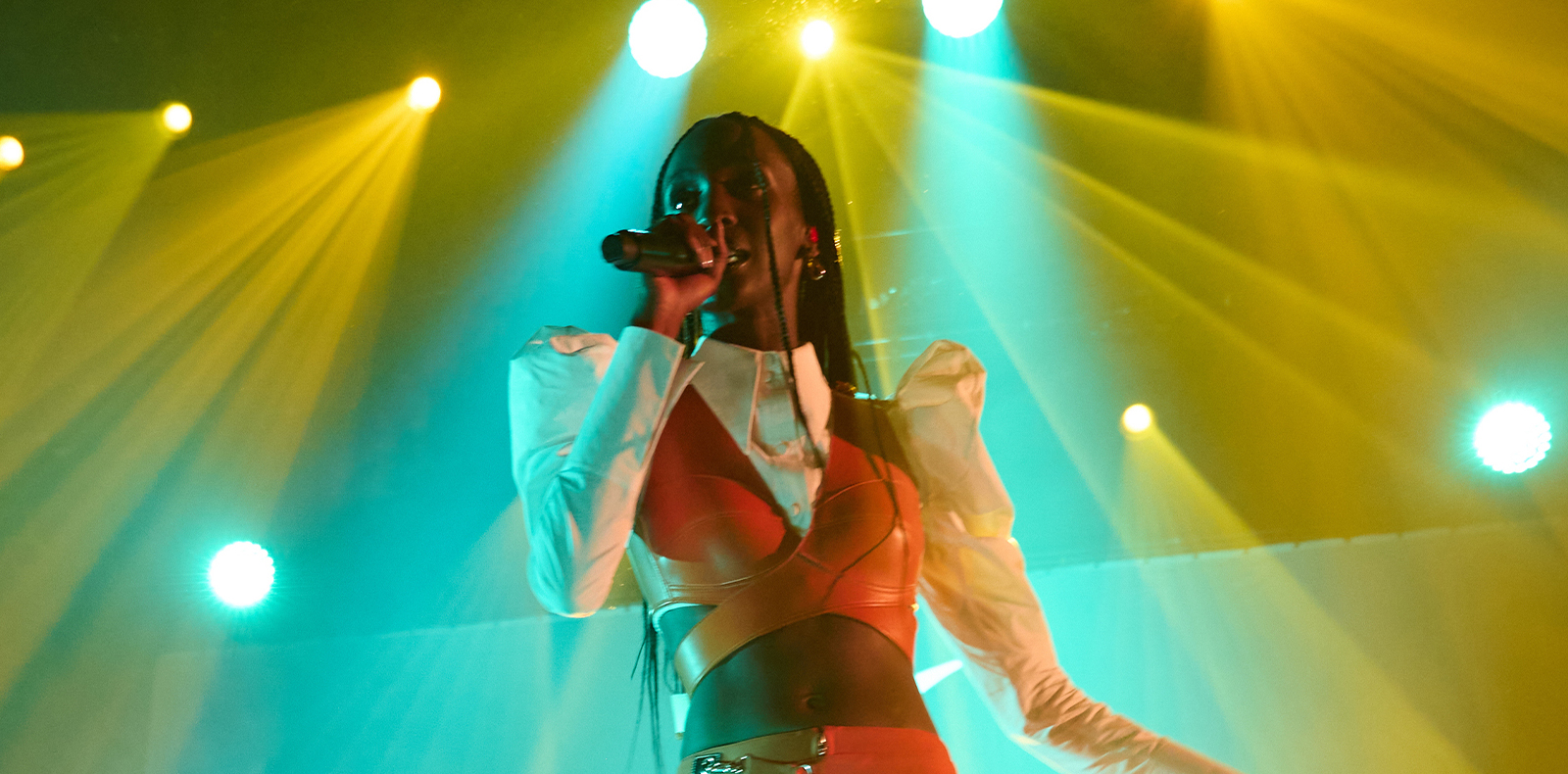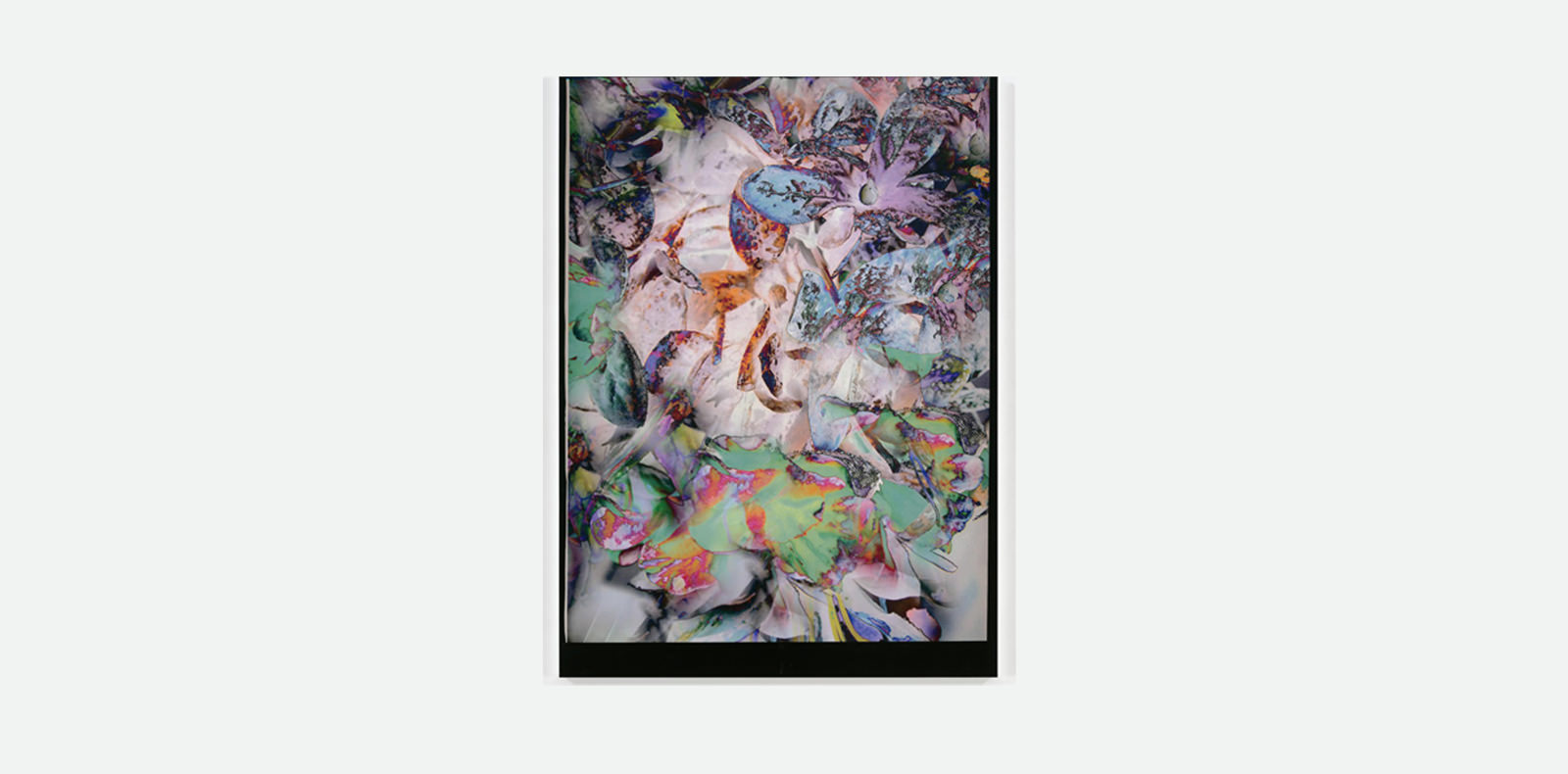
8
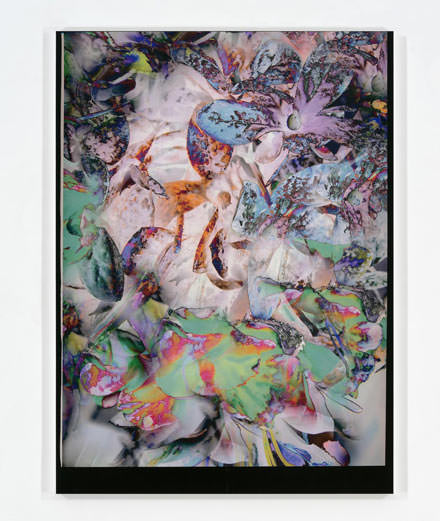
8
Meeting up with art collectors: banker and publisher Tarek Issaoui
Numéro has gone in search of collectors who harbour a deep desire for contemporary art. Today Tarek Issaoui looks back at the origins of his passion that led him to artists as diverse as Uccello, Travess Smalley (photo) and Wade Guyton.
Interview by Nicolas Trembley.
What is it about art that makes you so passionate?
I’ll answer with the words of Robert Filliou: “Art is what makes life more interesting than art.”
How did you become a collector?
I wasn’t brought up in an artistic environment. In that sense I’m completely self-taught. And in fact it’s this personal construction that interests me. I started with Uccello, Bosch, before getting into Delacroix, Gustave Moreau, Odilon Redon and then Marcel Duchamp. Once Marcel Duchamp was on board I could explore contemporary art. I started to see myself as a collector firstly of art books. At one point the postman was literally dropping off parcels of books every day and my ‘library’ now hosts hundreds of books. I was no longer satisfied with evoking a simple interest. For the actual works of art, that came gradually. I only assumed my status as art collector recently, when I started to question the coherence of the works that I’d bought over the years.
What was the first art work you ever bought?
It was a piece by Franck Scurti bought at a Fiac on Anne de Villepoix’s stand, when I was 26 or 27 years old. While I’ve continued to follow Scurti’s work, I bought that first piece for the wrong reasons: it features a character (“La Linea”) scared by the drop of the stock market curve. It was at the time of the dot-com bubble, and I felt pretty much the same way.
Which artist are you into today?
I’ve got into the work of Liz Deschenes. But accessing her pieces is not easy; you have to be very patient. Another work will undoubtedly slip by in the meantime.
What work do you dream of owning?
Air de Paris by Marcel Duchamp.
How does the art market influence your choices?
When to comes to young artists, the market has a negative influence, in the sense that the speculative “buzz” sometimes forces me into quick decisions that I don’t want to make, for fear of the prices going through the roof. This acceleration doesn’t favour reflection. Lately there’s been an edge of hysteria. I’ve deliberately stepped out to the sidelines, hoping for a return to reason. While I wait there’s enough interesting works to explore that aren’t under scrutiny by the market.
Are you close to certain galleries?
I’m not attached to the program of any gallery in particular. However I do owe a great deal to Chantal Crousel, who gave me her time and trust at a moment when I was becoming more precise in my decisions as a collector. More recently I’ve established links with the New Galerie and XPO, both of which are in Paris. We’ve started to co-edit art books, using a little publishing house I set up last year.
How do you stay in the loop?
Books, first and foremost. Compared to occasionally seductive works conceived for the “white cube” of a gallery, books give a sense of distance, a measure. In the context of acceleration I mentioned earlier, it’s generally a good sign to see an artist take the time to produce art books, without the expectation of instant return.
Within your collection, do you focus on one particular period, medium or group of artists?
In recent years, I’ve been refining the line of the collection so I can concentrate mainly on works based on a “process”, sometimes systematic, that constitutes the act of creation itself. It could be artists using the natural elements like Sam Falls or Ryan Foerster, or tapping into raw digital materials like with Cory Arcangel, Artie Vierkant or Wade Guyton. However I don’t like to focus on one particular generation. So you have both Roman Signer and Robert Heinecken featuring in my personal pantheon.
How do you see the future of your collection?
I don’t see a defined future, if it’s not about enlarging and clarifying. The characteristic of a collection is to have no end. That’s even what can attract us, that escaping of time. The day that men are immortal, I’m not sure they’ll carry on collecting.






